A New York City MetroCard. A Volkswagen Beetle. A Boeing 757. These everyday canvases have all showcased James Rizzi’s unmistakable, three-dimensional pop art style.
Born and raised in Brooklyn (1950–2011), Rizzi developed his signature layered-print technique while studying at the University of Florida. Pressed for time during painting, printmaking and sculpture classes, he cleverly printed a single etching twice, hand colored both and cut out sections of one print and mounted them over the other with spacers—submitting the same art piece to all three classes. When he earned strong grades across the board, he began to further explore and develop his style.
In 1974, shortly after graduating, he debuted at outdoor shows in Washington Square Park and Brooklyn Heights. By 1976, his artwork had earned him a spot in the exhibition, “Thirty Years of American Printmaking” at the Brooklyn Museum.
Rizzi’s career rapidly expanded into large-scale public commissions and commercial collaborations. Among his most notable projects were painting the “Rizzi Bird,” an entire Boeing 757 for Lufthansa’s charter airline Condor; three of Volkswagen’s New Beetles; and a full office-building facade, now considered a local landmark and titled the “Happy Rizzi House” in Braunschweig, Germany. Perhaps a point of pride as a New Yorker, he created a limited-edition New York City MetroCard in 1994.
Some of his biggest acclaim came from Germany and Asia, including his creation of the “Rizzi Dome,” which appears on this week’s cover. You can find the stained-glass ceiling at the Westfield Centro, in Oberhausen, Germany, one of Europe’s largest shopping malls.
Rizzi’s style—playful, cartoonish and layered—with its cheerful figures, bustling cityscapes and vibrant color lives on still today.
—Prepared by the World Tribune staff
July 18, 2025 World Tribune, p. 12
You are reading {{ meterCount }} of {{ meterMax }} free premium articles

